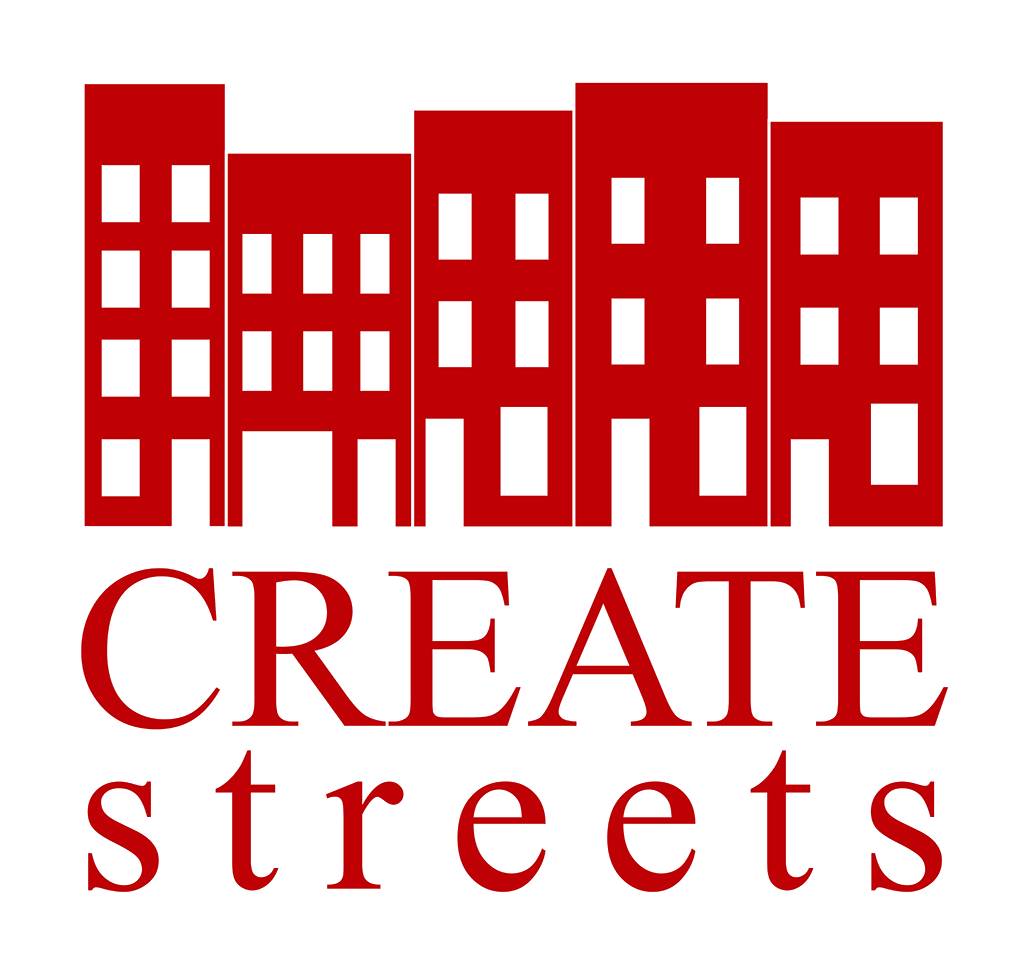Design codes have been popular in the private sectors for many years, and now codes based on the National Model Design Code (NMDC) are becoming one of the most powerful tools councils have to improve the design of streets and buildings in their area. The National Planning Policy Framework strongly encourages the creation of design codes and the Levelling Up and Regeneration Bill requires all councils to create their own. Design codes can help create places that are walkable, healthy, sustainable and contextual and which allow residents to live happy, prosperous lives.
This course sets out what you need to know about design codes (within UK and international contexts) and gives practical advice about how to create successful codes based on Create Streets’ extensive experience working with councils and communities. An introductory session will focus on the theory and purpose of design codes and how they can be used, including how they are different to design guides.
Attendees will be shown how to create provably popular design codes based on the historic context. This will be followed by an in-depth session looking at how to write design codes, with a particular focus on street design, layouts, built form and house types (identity).
After lunch, for those attending in person, a site walkaround in a historic neighbourhood will be followed by a practical workshop led by urban designers and experienced coders where attendees will start working on a design code of their own, putting their new-found knowledge into practice.
At the end of the course, attendees will have a strong grasp of how to use design codes and what key opportunities and risks they may encounter.
This course will be delivered in a hybrid format. The morning session is being offered for both in-person and online participants. The afternoon session is offered for in-person participants only.

